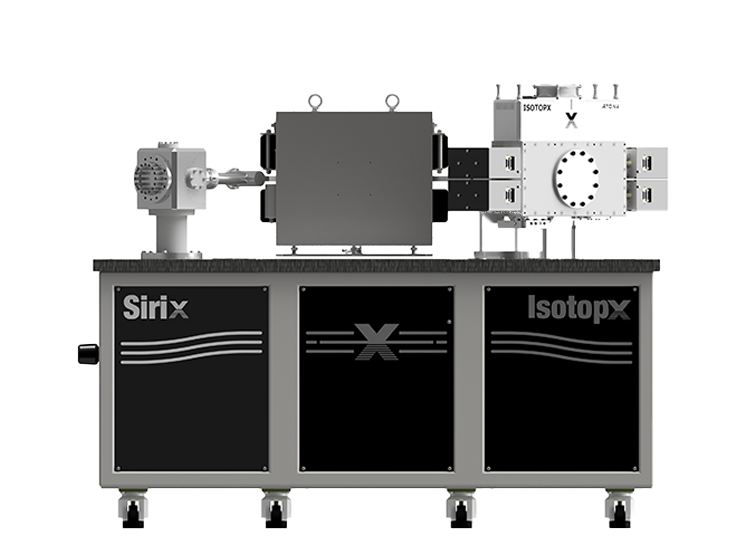PRODUCTS
IRMS
Gas source Isotope Ratio Mass Spectrometry (IRMS) is now considered a routine tool. But there remain some applications where the measurement precision can limit the science. The study of isotopologues, or clumped isotopes, has proved in recent years to be scientifically valuable. For example, isotopologues of CO2 can be used along with other factors to determine paleoclimate information that can help our understanding of long-term climate change.
However, this study of the isotopes of carbon dioxide can be challenging. The isotopologues at m/z 48 and 49 are of low abundance. In some instruments there are also high instrument backgrounds in this region of the mass spectrum, making an accurate and precise measurement impossible. By using the proven large-radius ion optical system of our Phoenix TIMS in the SIRIX IRMS we have been able to alleviate some of these difficulties.
